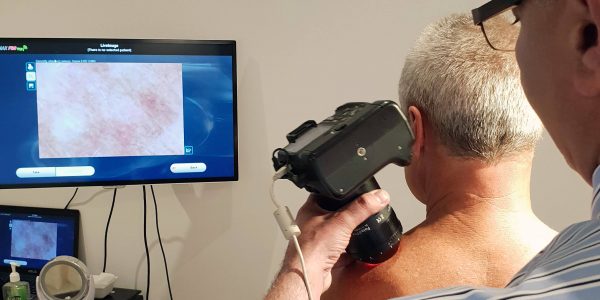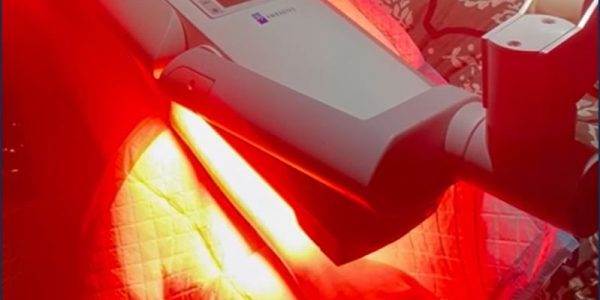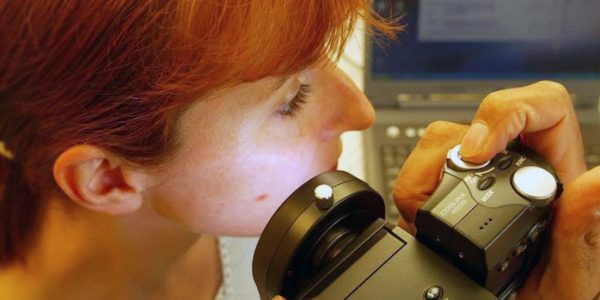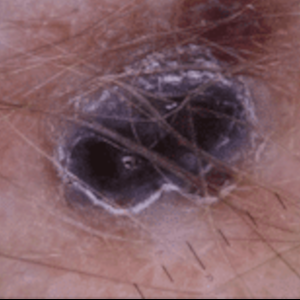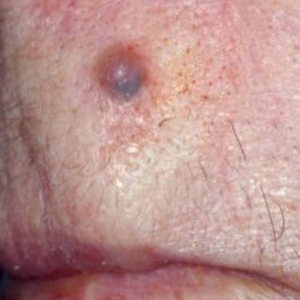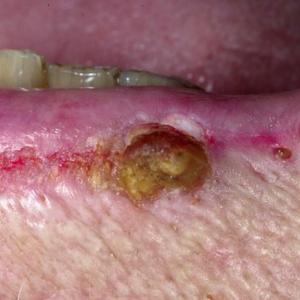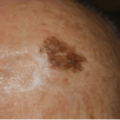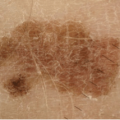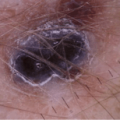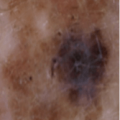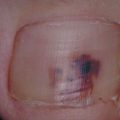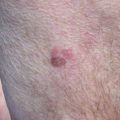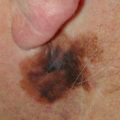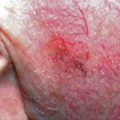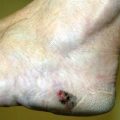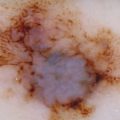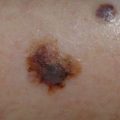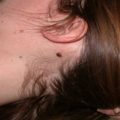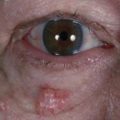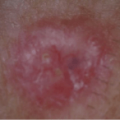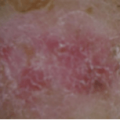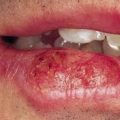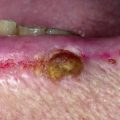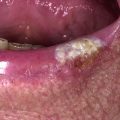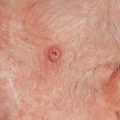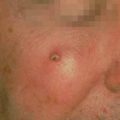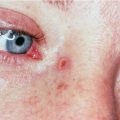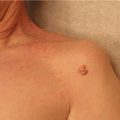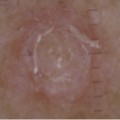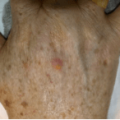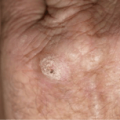1. ACTINIC KERATOSIS (AK) OR SOLAR KERATOSIS (SK)
It affects 40 – 60% of the Australian Caucasian population over 40 years of age and 80% of those aged between 60 and 69 years. It is a premalignant condition often a precursor to squamous cell carcinoma (SCC). Its appearances are usually discrete, erythematous, scaly or crusty patches of skin and for that reason are often indistinguishable to SCC. Therefore, anyone with multiple AK lesions should have regular follow up and be treated accordingly.
Actinic Keratosis can be difficult to distinguish from squamous cell carcinoma clinically. In most cases a punch biopsy or total lesion excisional biopsy is necessary to confirm a clinical diagnosis as the treatment options for these conditions will depend on it.
2. DYSPLATSTIC NAEVI & DYSPLASTIC NAEVUS SYNDROME
Dysplastic Naevi are high-risk moles and have a high potential to progress to malignant melanoma. The appearance of these moles are usually irregular, uneven distribution of colour, raised or flat, large moles which share some of the features of early melanoma. In the case of severely dysplastic naevi they should be treated as melanoma in situ and wider skin surgical excision is warranted.
Dysplastic Naevus Syndrome (DNS) is diagnosed when a person has 5 or more of dysplastic moles and they need to be confirmed histologically. Patients with DNS usually have multiple moles which make management more difficult. Therefore it is mandatory that everyone with DNS should be in a close monitoring program such as total body photography with digital monitoring and some of these moles should be removed and sent for histological confirmation to exclude melanoma.
The single most important determinant of whether an individual is prone to develop melanoma or not is the presence or absence of dysplastic naevi. There are numerous epidemiological studies that confirm the significance of dysplastic naevi as markers for increased risk for developing melanoma.


